
World History Secrets That Will Make You Cherish The Ancestors Of Humanity (And Some Not So Much)
I’m a young author of a recently released book on world history (“The Great World History Book”), where I went deep into studying unusual characters, such as Indian yogis, medieval alchemists, Greek philsophers, Arabic logicians, Sumerian astronomers and so on. I post the greatest insights from my years of research on my insta page.
Being a long-lasting bored panda fan, I know you guys are just the audience for these mind-blowing insights. Let’s dive right in.
More info: Instagram
In the Middle Ages, Europeans sought out Arabian teachers
Adelard is Bath was one of Europe’s first scientists and translated many scientific works from Arabic into Latin, including Euclid’s work on geometry, which had been lost in Europe after the fall of Rome. Wanting first hand knowledge of the then superior Arab civilization, he became the only European in the 12th century who travelled to the Middle East.
The image from the 13th century Book of Chess depicts a Christian and a Moorish Muslim playing chess.
Charlemagne’s machine
The Muslim engineers of the Middle Ages were known for their wildly creative machines, such as intricate clocks with many moving parts, simple robots that played tunes and pumps to displace water (more details in later posts)
In 803 AD a delegation of Arabs arrived in Germany to meet with Charlemagne with gifts from Caliph Harun al-Rashid. One of the gifts was a water clock that chimed every hour. The Europeans had never seen anything like this before! Some of the people at the court thought it operated on satanic magic, but after inspection they concluded:
‘[It is a] marvelous mechanical contraption in which the course of the twelve hours moved according to a water clock, with as many brazen little balls, which fell down on the hour and through their fall made a cymbal ring underneath. On this clock there were also twelve horsemen who at the end of each hour stepped out of twelve windows, closing the previously open windows by their movements’.
The Truth about Aladdin
The Arabian Nights, also known as the ‘Book of the Thousand and One Nights’, is a large collections of stories from the Arabic world during the Middle Ages. It was once believed that Alladin was part of these stories, but it was later discovered to be a much more recent story that was added to the Arabian Nights by a French archeologist.
Also, this!
In the original story, Aladdin was described as a young man living in China. Although Aladdin clearly is an Arabic name and although the story was picked up in Syria, the writer decided to situate Aladdin in China. Don’t believe me? Google for the original text and read the first sentence: “Once upon a time there lived in a certain city of China an impoverished tailor who had a son called Aladdin.”
At the beginning of the story, a sorcerer, claiming to be his uncle, promised to make the boy a wealthy merchant. Instead, he used Aladdin to retrieve a magical oil lamp from a cave of wonders.
The Great Arabic Water Pump
The Islamic engineer Al-Jazari (1136 – 1206 AD) invented several machines to lift water from a lower to a higher place. One of them was a hydro-powered pump. The flow of water in a river would cause a water wheel to rotate, which caused another wheel to move a pair of copper pistons back and forth. The pistons were attached to pipes that used suction to draw water up to a height of 12 meters. This was the first working example of a double-action piston motion, putting Al-Jazari hundreds of years ahead of his time.
Equal in the eyes of God
Roman society was strongly hierarchical, distinguishing between citizens and non-citizens, free men and slaves, men and women. Women weren’t even supposed to leave the their house. In contrast, early Christian communities, believing in the inherent value and equality of all beings in the eyes of God, allowed both females and slaves to become leaders of their congregations.
A Witness to the Fall of Rome!
When the Goth sacked Rome in 410 AD, philosophers and theologians had a tough time comprehending what had happened. Saint Jerome wrote the following apocalyptic vision:
‘The brightest light of the whole world is extinguished; indeed the head has been cut from the Roman empire. To put it more truthfully, the whole world has died with one City. Who would have believed that Rome, which was built up from victories over the whole world, would fall; so that it would be both the mother and the tomb of all people.’
Athenian Democracy is very modern
Statesmen Perikles (495-429 BC) praised the accomplishments of Athenian democracy in his famous funeral speech commemorating the soldiers who died against Sparta in the Peloponnesian War.
Self-discipline to the extreme!
Saint Simeon the Stylite (c. 390 – 459 AD) was a Christian ascetic saint who achieved notability for living 37 years on top of a pillar near Aleppo, Syria. The pillar he occupied was part of a ruin. He built a small platform of about one square meter on top and started to live there. For sustenance boys from the nearby village would climb up the pillar and pass him food and drinks.
The first pillar that Simeon occupied was little more than 3 meters (9 ft). He later moved his platform to others, the last in the series reportedly more than 15 meters (50 ft) from the ground.
Suffering from the lack of movement and the intense heat of the sun, he believed to grow closer to God. His dedication attracted many visitors to his pillar to listen to his sermons. His fame even prompted men of great importance, such as emperor Theodosius, to correspond with him for his advice.
I wonder. Do you consider Simeon a complete lunatic or can you find beauty in his eccentric life choice (or both).
An Early Study of the Mind
As time went on, the economy grew, allowing students some free time to move over long distances for philosophical and theological debate.
From about 700-600 BC, a number of Indian men stopped relying on communal rituals and instead depart to the forest in solitude, where they engaged in meditative practices to attain salvation.
They began to locate the solution to the problems of their day not in the society as a whole, but in the mind of the individual. These forest philosophers became the ideal of India’s spiritual quest.
Since they often left their families, wealth and status and started to live in the wilderness, they are often called renouncers. Others, however, continued to be married and be part of a household, while some even became the personal philosophers of local kings.
Their teachings are collected in a series of texts called the Upanishads. The word ‘upanishad’ literally means ‘to sit down beside’, referring to the passing of wisdom from teacher to student.
Learn from the Great Indian Sage
Finally my favorite quote from Hinduism! The upanishads teach that the source of the universe (brahman) is equal to the source of ourselves (atman). This point was beautifully made by the sage Uddalaka teaching his son Svetaketu. We read:
‘AUM! There was Svetaketu Aruneya, and his father said to him, ‘Svetaketu, go live as a seeker of Brahman! Verily, dear boy, in our family there is no one without learning.’ Having become a pupil at 12 and having studied all the Vedas, he returned at twentyfour, proud, conceited, thinking himself well-schooled.
Then his father said to him: ‘Svetaketu, since you are proud and conceited, dear boy, and consider yourself learned, did you ask for that instruction by which that which is not heard, becomes heard, not thought, becomes thought, and not known becomes known?’ ‘But in what manner, sir, is this teaching?’ ‘Just as from a single lump of clay, dear boy, one would know about everything made from clay, the difference being a mere verbal distinction, a name, the reality is only clay.’
‘Indeed, those worthy men did not know this, for if they had known it why did they not tell me? Sir, please tell it to me.’ ‘Certainly, dear boy,’ he replied. ‘So be it,’ said the father and he said, ‘Bring me a fruit of the nyagrodha tree.’ ‘Here it is, sir.’ ‘Break it.’ ‘It is broken, sir.’ ‘What do you see there?’ ‘Some seeds, sir, exceedingly small.’ ‘Break one of these.’ ‘It is broken, sir.’ ‘What do you see there?’ ‘Nothing at all.’ The father said, ‘My son, that subtle essence which you do not perceive there – in that very essence stands the being of the huge nyagrodha tree. In that which is the subtle essence, all that exists has its self. That is the True, that is the Self, and thou
Svetaketu art That.’
Alexander the Great Versus Indian Monks
Conclusion: the yogi’s were not impressed
A clue about the exceptional control the yogis had over body and mind comes from biographies on Alexander the Great (356 – 323 BC), who invaded India in the 4th century BC. His men found fifteen naked monks sitting motionless on sunbaked rocks so hot that no one of the Macedonian soldiers could step on it without shoes. The soldier in charge asked the monks to share some of their wisdom. They responded by saying that no one wearing their elaborate clothing could be taught philosophy. They should first be naked and learn to sit peacefully on broiling rock. Another of the group of monks was willing to meet Alexander. One of them asked for a great pyre to be built. The monk mounted the pyre, assumed the cross-legged seated posture and set himself on fire. While flames wrapped around him, he continued to sit motionless, until his body had turned to ashes.
The Great Flood
After the death of his friend Enkidu, Gilgamesh started wandering the Earth in search for eternal life – trying to avoid the fate of his friend.
At some point he reached the gate through which the sun into the underworld at night. Going through the gate he reached the underworld. Here he discovered a forest where diamands and other precious stones grew on trees. He also found a sea with an island. On the island he found Utanapishtim, who told Gilgamesh thay he was granted eternal life by the gods as reward for building an ark when the head of the gods wanted to destroy all life on Earth.
His story contains an early version of the Noah’s ark, written centuries before the biblical version.
The story matches closely. We read:
‘I loaded into her all that I had of gold and of living things, my family, my kin, the beast of the field both wild and tame, and all the craftsmen. [When the evening came], the rider of the storm sent down the rain. I looked out at the weather and it was terrible, so I too boarded the boat and battened her down. For six days and six nights the winds blew, torrent and tempest and flood overwhelmed the world, tempest and flood raged together like warring hosts.’
Then Utanapishtim send out three birds. Two return, meaning they did not find land. The third did not return, indicating that the water level was decreasing again.
There are also crucial difference between the story. Most crucial is the Biblical choice to make their God a moral actor. While the Mesopotamian gods flood the world because they are fed up with the noises that humans make, the God from the Bible upset about the sins of his creatures. In the Mesopotanian versions, the gods finally realize they rely on the humans to supply them with sacrifices. In the Bible, God shows mercy for humanity and promises never to again commit such an act.
The Ouroboros
In Egypt in the first centuries AD, chemists developed the curious goal of creating a stone that could turn any metal into gold.
At the time, this did not seem to farfetched, since according to Aristotle, all matter was made from exactly the same substance (called prime matter), but infused with different amounts of hot-, cold-, wet- and dryness. Changing one metal into the other should therefore be a matter of changing these superficial qualities.
The Ouroboros serpent became associated with Aristotle’s prime matter, the simple and coarse substance from which any metal could be made and with which one metal could be turned into another. It is in this light that we must understand the words “The All is One”, written inside the Ouroboros in one of the oldest alchemical texts found.
The Elixer of Immortality
Qin Shi Huang became the first emperor of China in 221 BC, uniting China for the first time.
Qin Shi Huang was obsessed with the possibility of attaining eternal life. To this end, he employed alchemists to concoct an elixir of youth. Ironically,
his death in 210 BC was probably caused by drinking one of these potions, which apparently contained dangerously high quantities of mercury.
To secure his place in the afterlife, he already ordered the creation of the famous terracotta army.
The elixir, part 2
Xu Fu (b. 255 BC) was a Chinese alchemist and explorer, who served as a court sorcerer in Qin Dynasty China. Later, he was sent by Qin Shi Huang to the eastern seas twice to look for the elixir of immortality that legend said was hidden on a legendary island on which immortals lived. It was believed that the fleet included 60 ships, containing thousands on crew members and virgin boys and girls.
Xu sailed for several years without finding the mountain. In 210 BC, when Qin Shi Huang questioned him, Xu Fu claimed there was a giant sea creature blocking the path, and asked for archers to kill the creature. Qin Shi Huang agreed, and sent archers to kill the giant fish. Xu then set sail again, but he never returned from this trip.
The Earth isn’t Flat
Plato and Aristotle where already convinced about the spherical shape of the Earth. While Plato stated his conviction, he failed to give any arguments for his belief. His student Aristorle did provide evidence, settling the matter once and for all. For instance, he pointed to the circular shadow of the Earth on the moon during the lunar eclipse and the changing altitude of stars when travelling far distances.
It is still commonly thought that is was Columbus who discovered the spherical shape of the Earth in the 15th century, when he sailed to America. In reality, however, the correct shape of the Earth had been discovered close to 2 millenia earlier. What Columbus does get credit for is the balsy decision to sail cross the Altantic Ocean with limited supplies.
The statue depicted is unfortunately not from Ancient Greece, but from modern times. But I liked it, so what the hell.
Venus Observations on Clay
When the Babylonians took over Mesopotamia around 1900 BC, the astronomical research intensified. From this era we have the world’s oldest known astrological text: the Venus Tablet of Ammisaduqa, dating from around the 17th century BC.
It is a systematic compilation of omens drawn from the dates on which Venus first and last appeared above the horizon over the course of 21 years. The text contains predictions about floods, the availability of food, the outcomes of wars and so on. For example: ‘In month Arahsamna, 11th day, Venus disappeared in the east. Two months … days it stayed away in the sky. In month Tebeti, …th day, Venus became visible in the west: the harvest of the land will prosper.’
The Sumerians discovered five planets!
The ziggurats are the pyramids of Mesopotamia (modern day Iraq). In the past every ziggurat was topped by a temple. Being the closest thing to heaven, it became the place where priests contacted the gods.The ziggurat shown is from the ancient city of Ur and is dramatic in size, being as high as a thirty storied building.
The top of the ziggurats were also ideal for astronomical observations, since it gave an unobstructed view of heavens. The priest believed that the positions of
the heavenly bodies contained information about the will of the gods and the study of the night sky therefore became one of their most important tasks. These priests, therefore, were rightly believed to be the first professional astronomers. They discovered all the planets visible to the naked eye.
The Terrifying Viking Dragonships
The Vikings also conquered a coastal province in northwestern France, now known as Normandy (Land of the Norseman = Vikings). In 1066, the Norman William the Conquerer sailed to England and occupied the country once more!
His voyage and his battle are depicted on the famous Bayeux tapestry, that tells thw whole story like a comic book and is a stunning 70 meters long! The image depicted shows one small part, showing William sailing to England. Notice the Viking dragonship and the typical striped sails.
The Vikings in America
Already in the 10th century, the Vikings discovered America. Bjarni Herjolfsson wanted to visit his family on Greenland, but was blown off course and instead reached the coast of America.
Because he wanted to see his family as quickly as possible, he didn’t go ashore. Once in Greenland, he told his story. His listeners accused him of a lack of curiosity for not having a look on land. Later other expeditions followed.
Clashes between Vikings and Native Americans
After Leif Eriksson made his trip to America, his brother Thorvald did the same. His crew soon clashed with Native Americans. We read about these encounters in the 13th century manuscript called “The Saga of the Greenlanders”
At some point, they saw “three hide-covered boats with three men under each of them. They divided their forces and managed to capture all of them except one […]. They killed the other eight.”
Soon after, a vast number of these boats came for them. The natives (called Skraelings by the Vikings) shot at them with arrows. Thorvald was hit: “An arrow flew between the edge of the ship and the shield into my armpit. Here is the arrow, and this wound will cause my death.”
Enlightenment!
While in India, enlightenment was often associated discarting the world and instead finding unity with the source of the universe, and while in China enlightenment was associated with harmony with nature, the Zen masters of Japan sought their enlightenment in the simple experiences of everyday life. The most famous Zen poem simply describes a frog jumping in a pond.
The first YIN-YANG Symbol
The words yin and yang have a long history. They were already found on oracle bones from the Shang dynasty (1600 BC). At that point, yang was associated with sunlight during the day, while the yang referred to the lack of sunlight at night.
In time, these terms came to attain a deeper more philosophical meaning. Yang came to represents the masculine, active participation, light, hotness, dryness, the good and the positive. Yin the feminine, passiveness, darkness, coldness, wetness, evil and the negative. .
Together, as yin-yang, they represented the interplay of these opposites in the world. Their balance ensures the harmony in the cosmos. It was believed that both yin and yang are present in all things and that their interaction causes the variety of things we see in the world.
In the image of this post, we see the first visual representation of yin yang. The full image represents the stages of creation. The first circle represents unity, the second the duality or yin and yang. The third the five elements (water, fire, earth, wood and metal). The fourth male and female and the fifth the ‘ten thousands things’ that we see around us today.
More info on worldhistorybook.com
975views
Share on Facebook
 Dark Mode
Dark Mode 

 No fees, cancel anytime
No fees, cancel anytime 



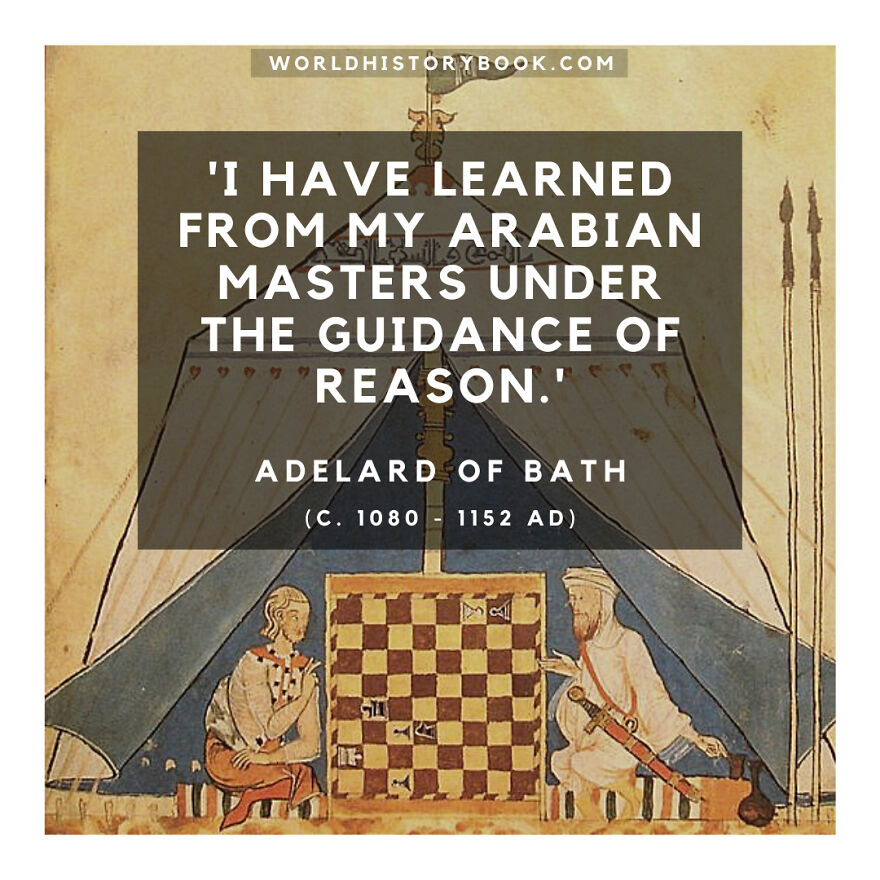

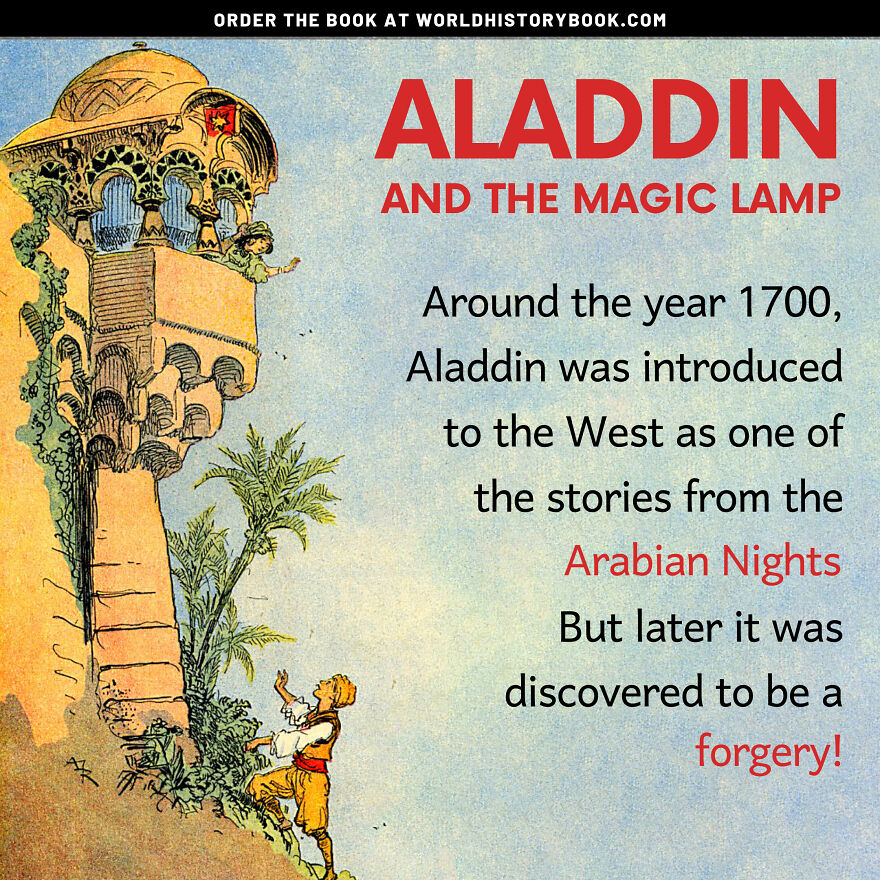
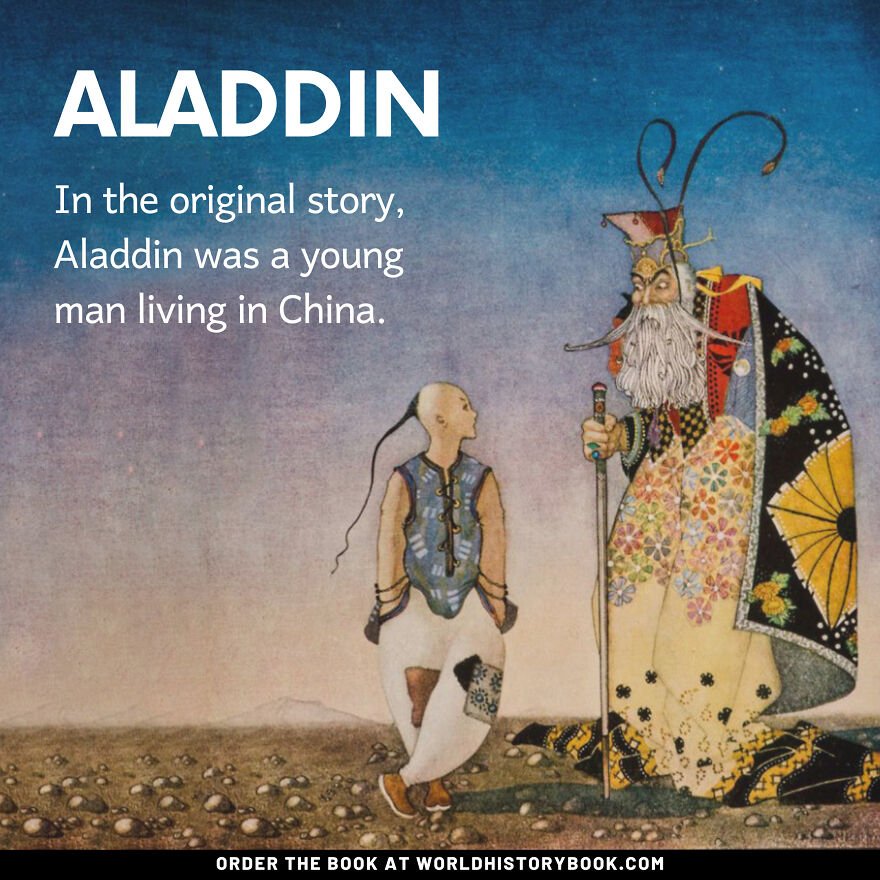


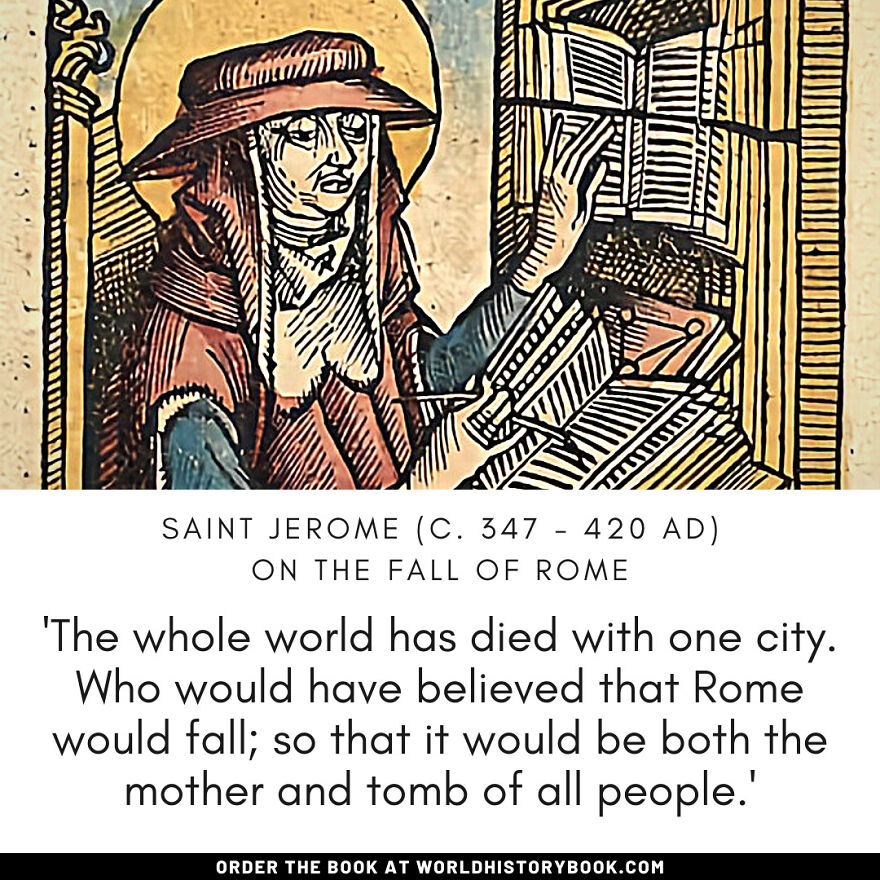

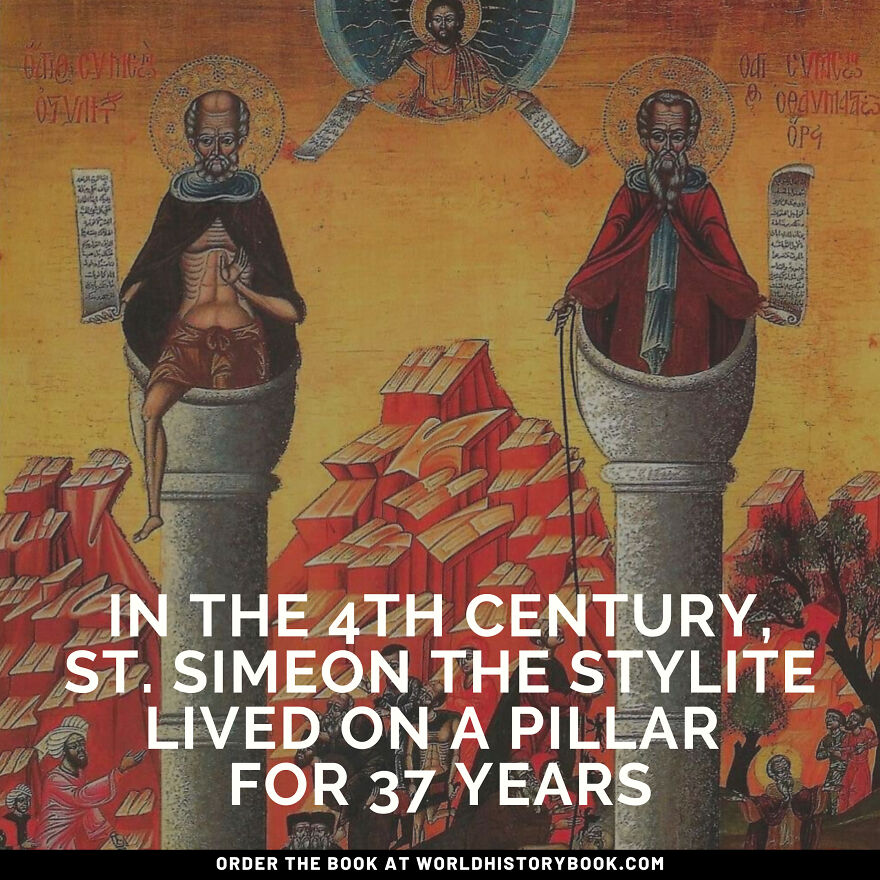
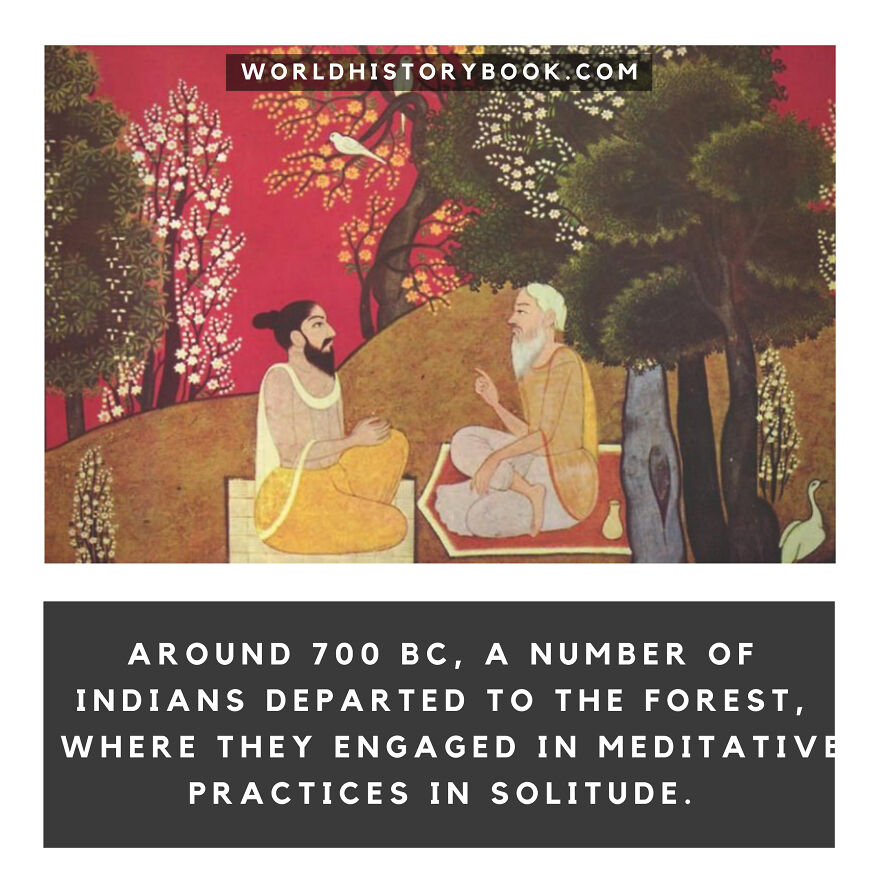
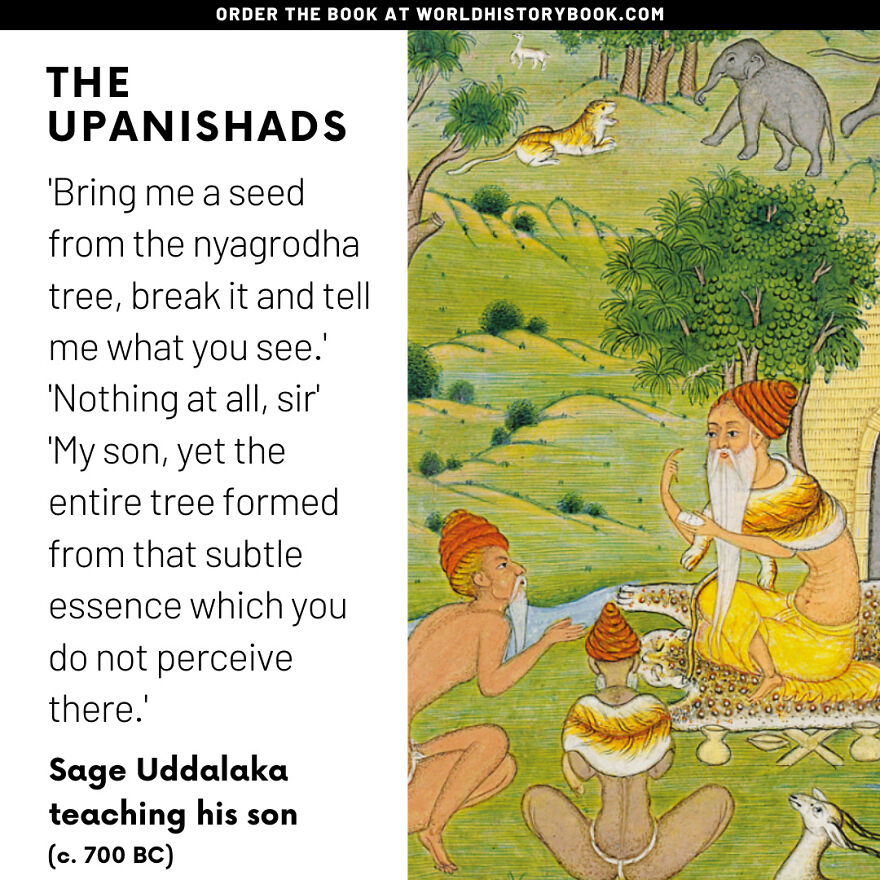
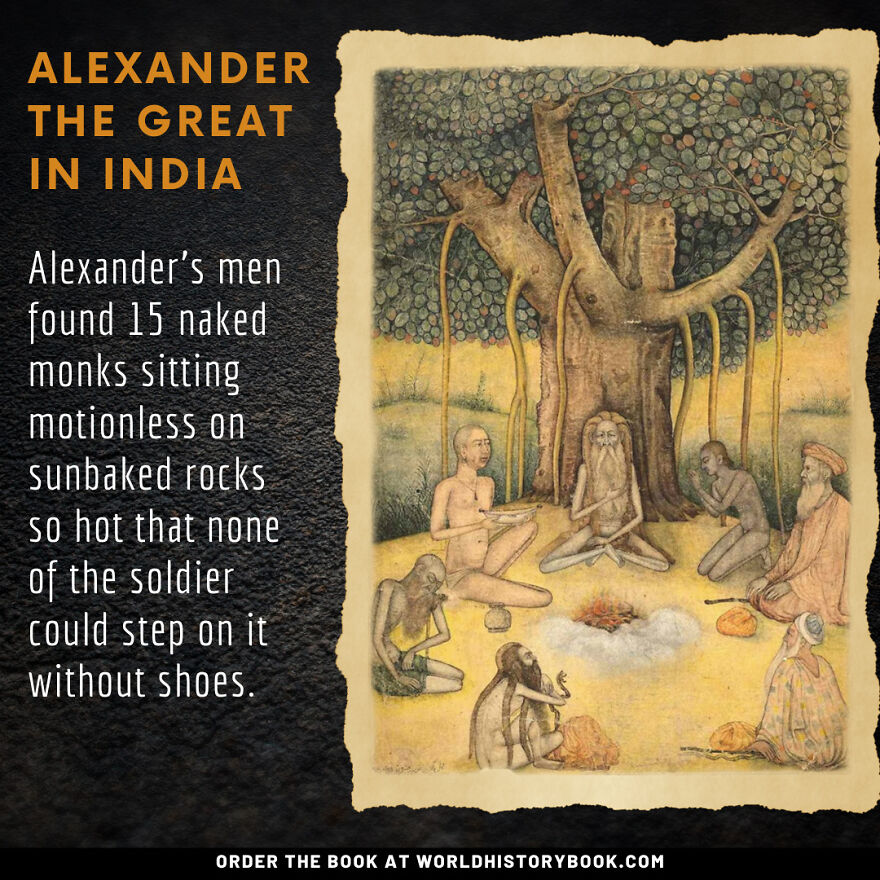
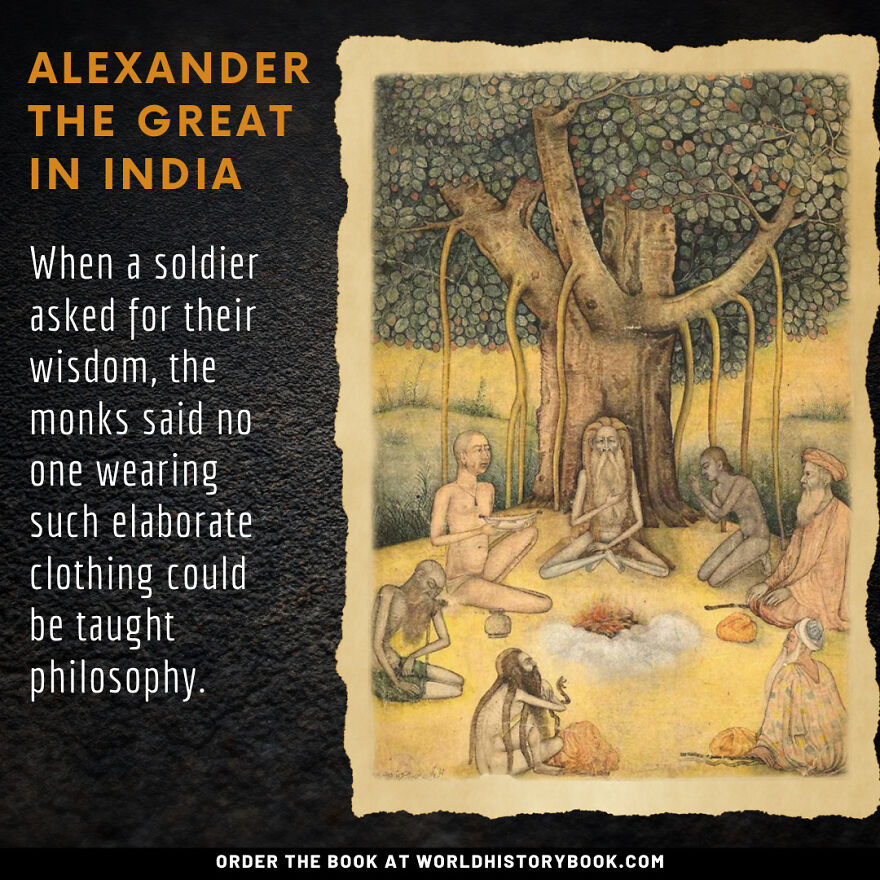
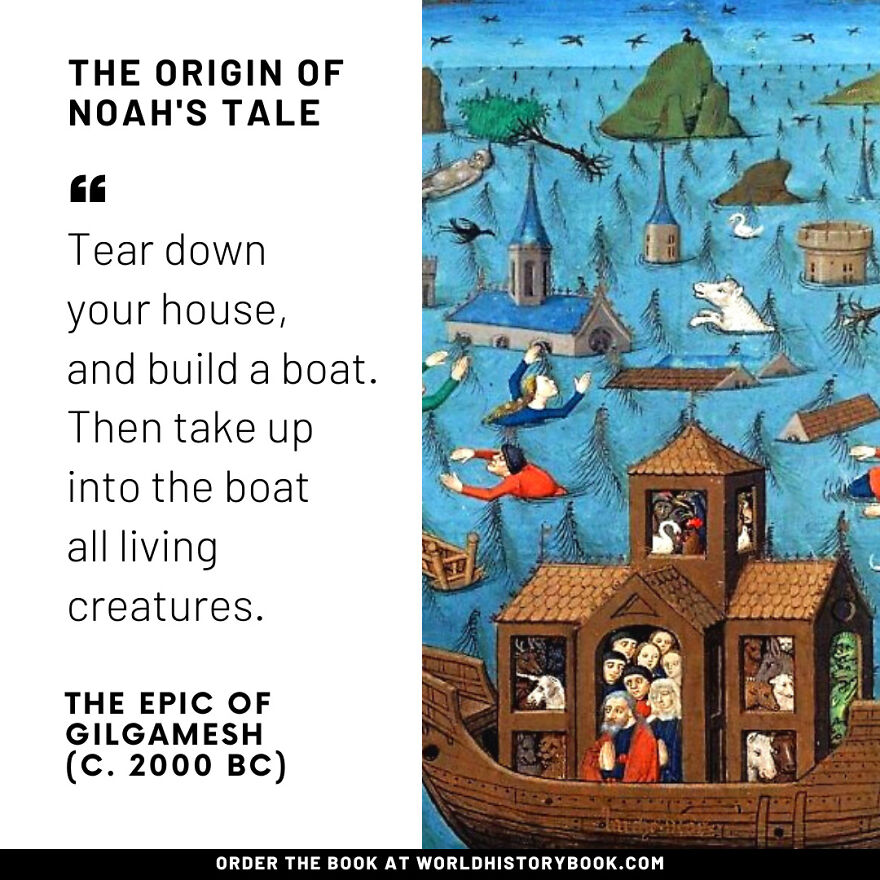
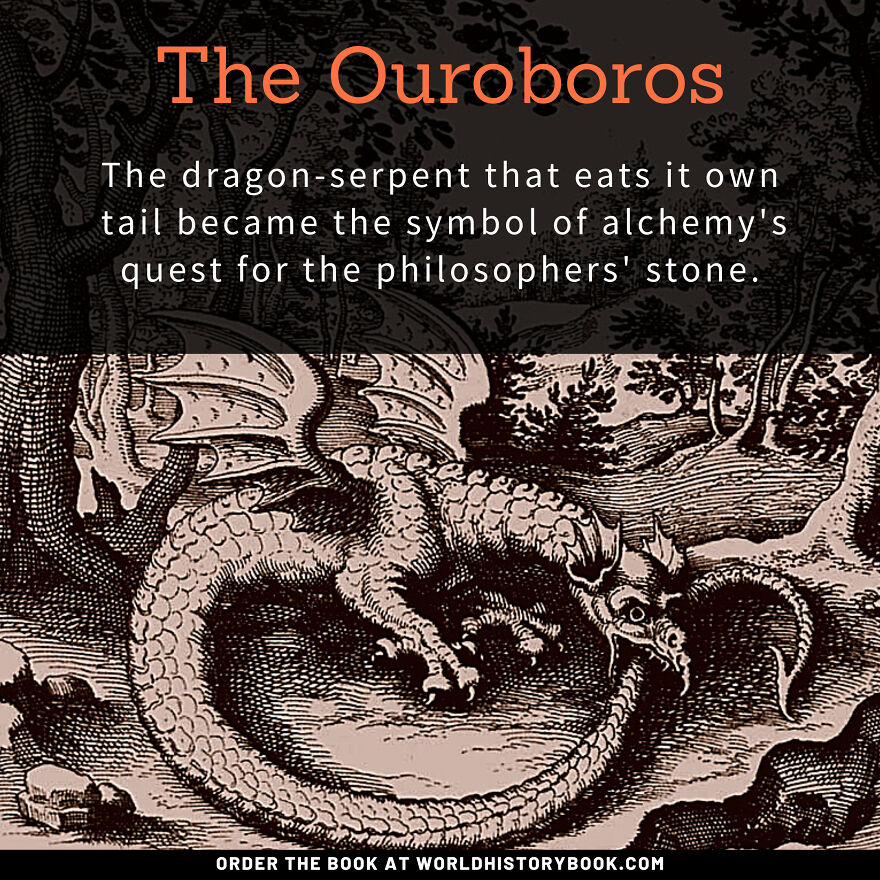

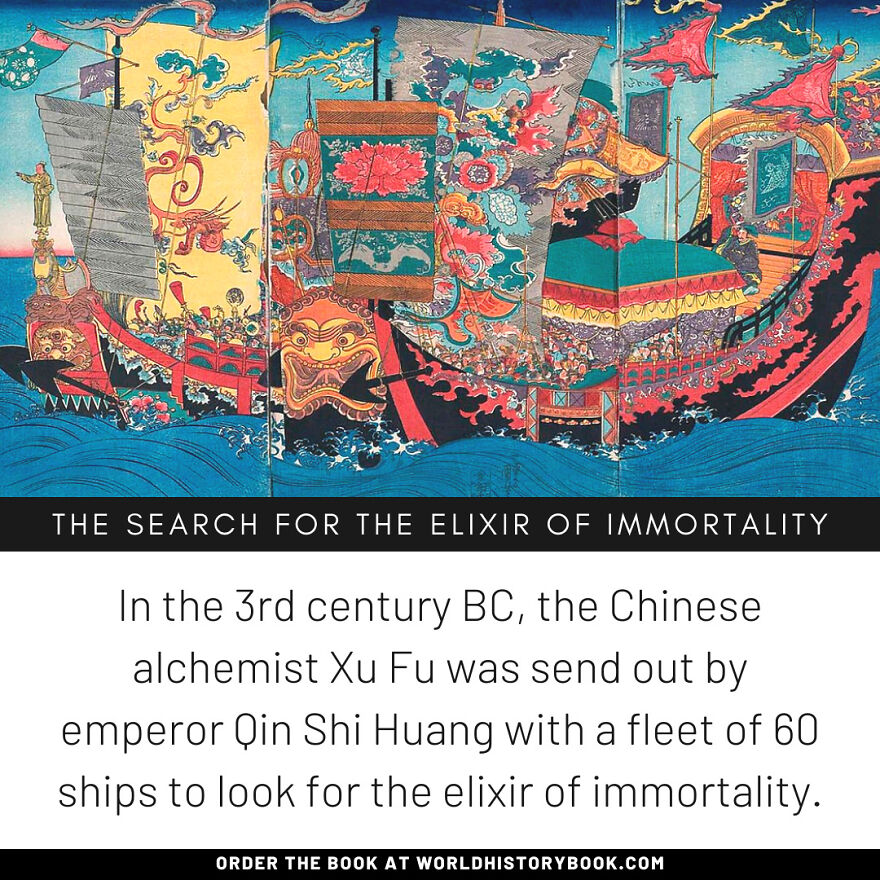
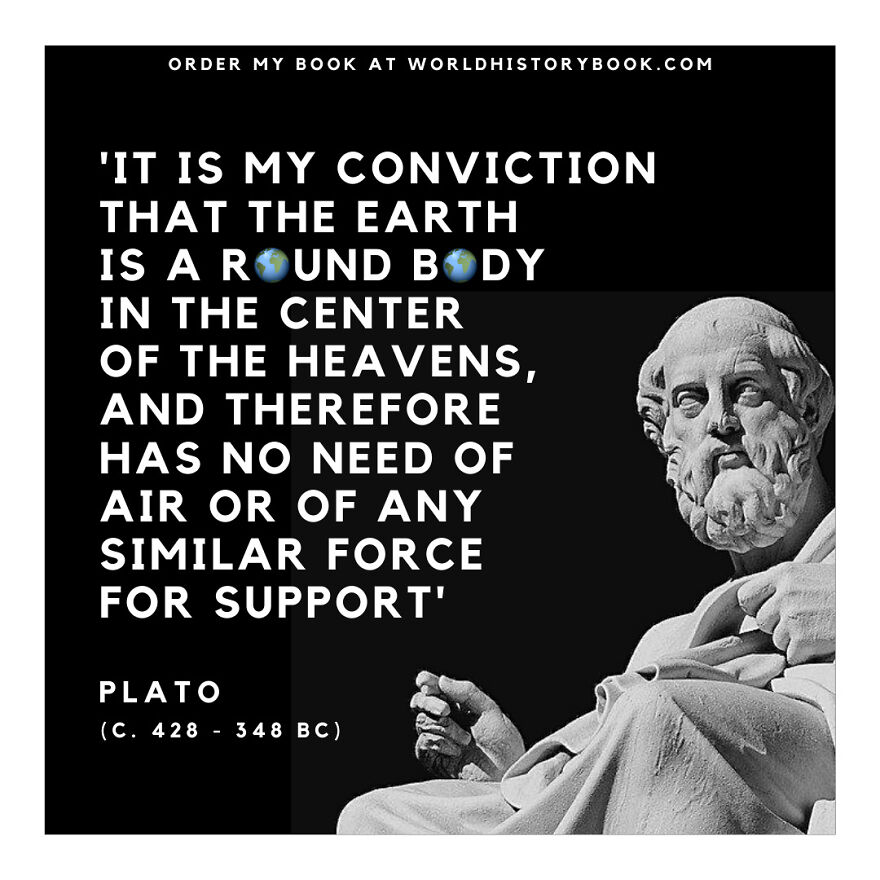
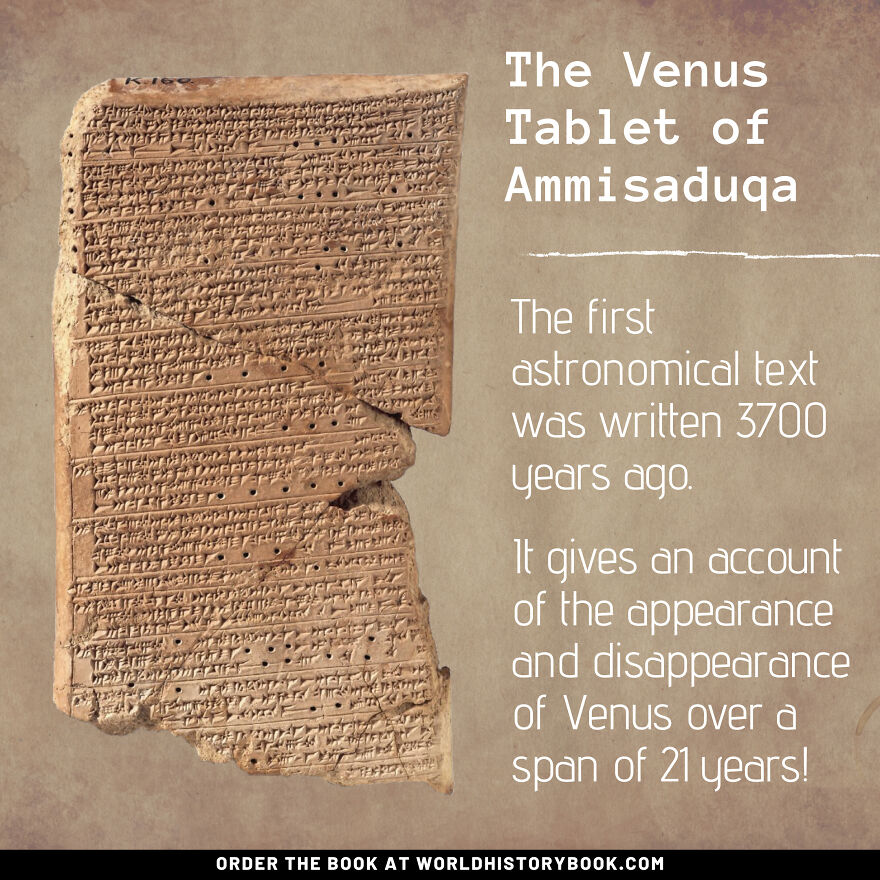
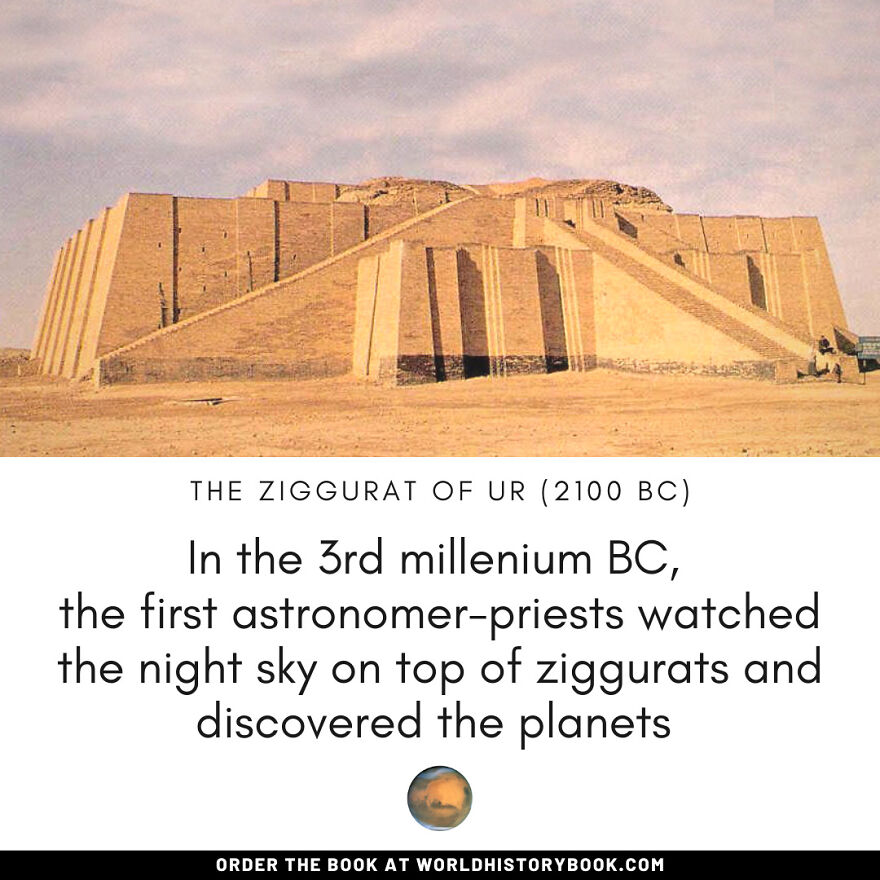
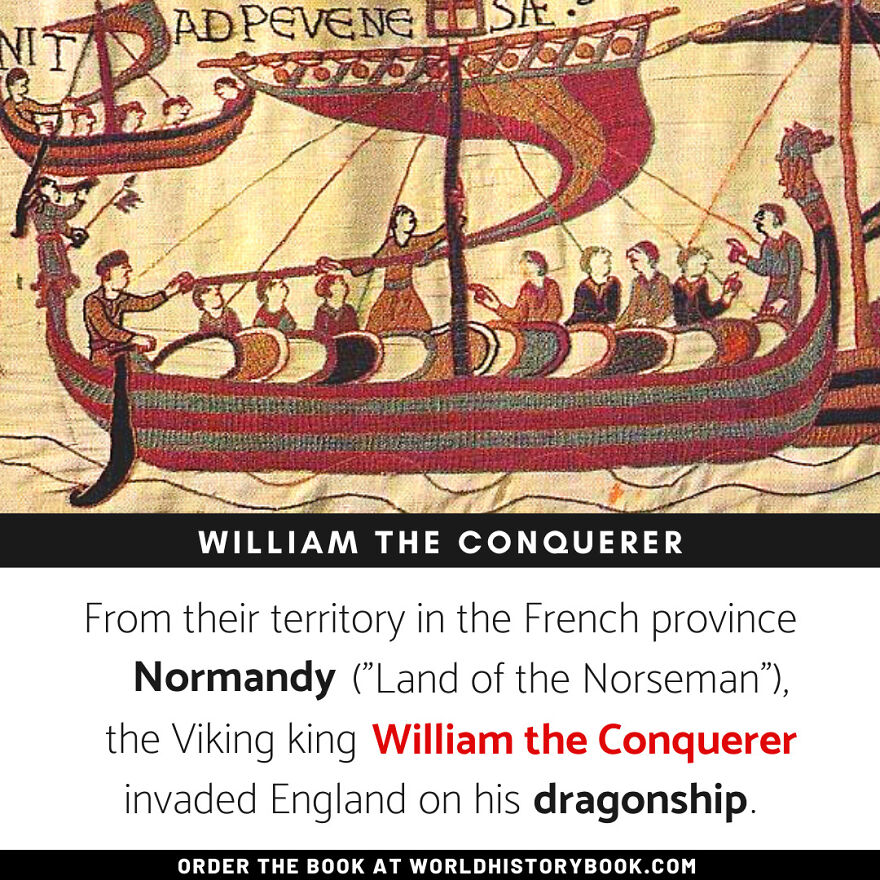



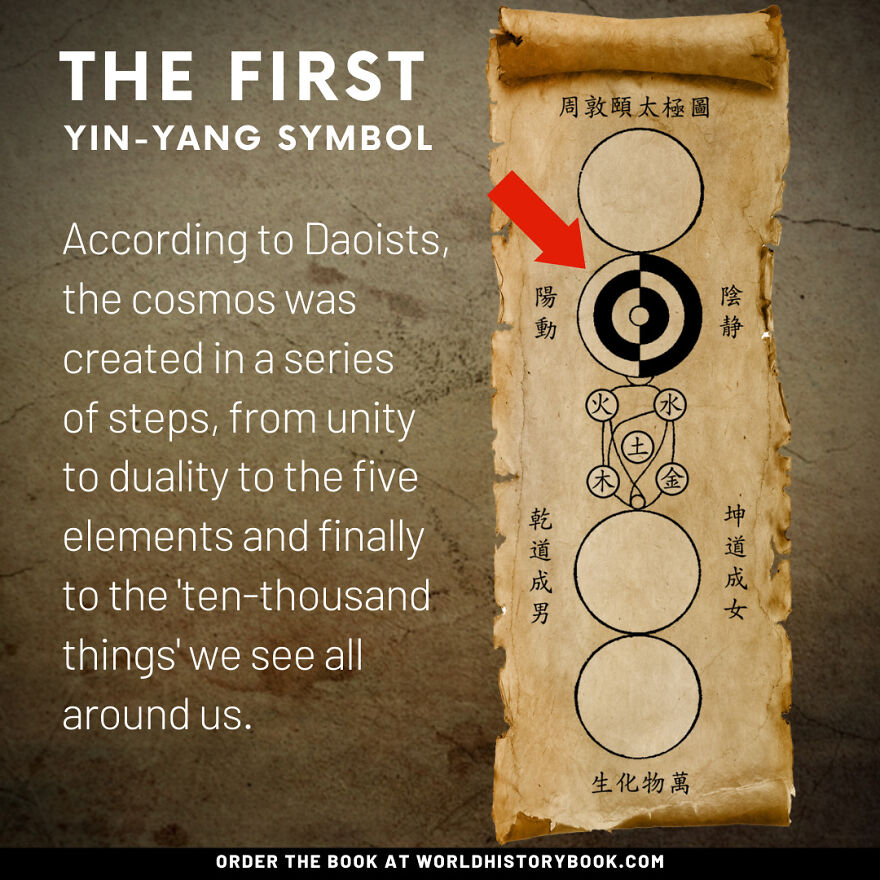
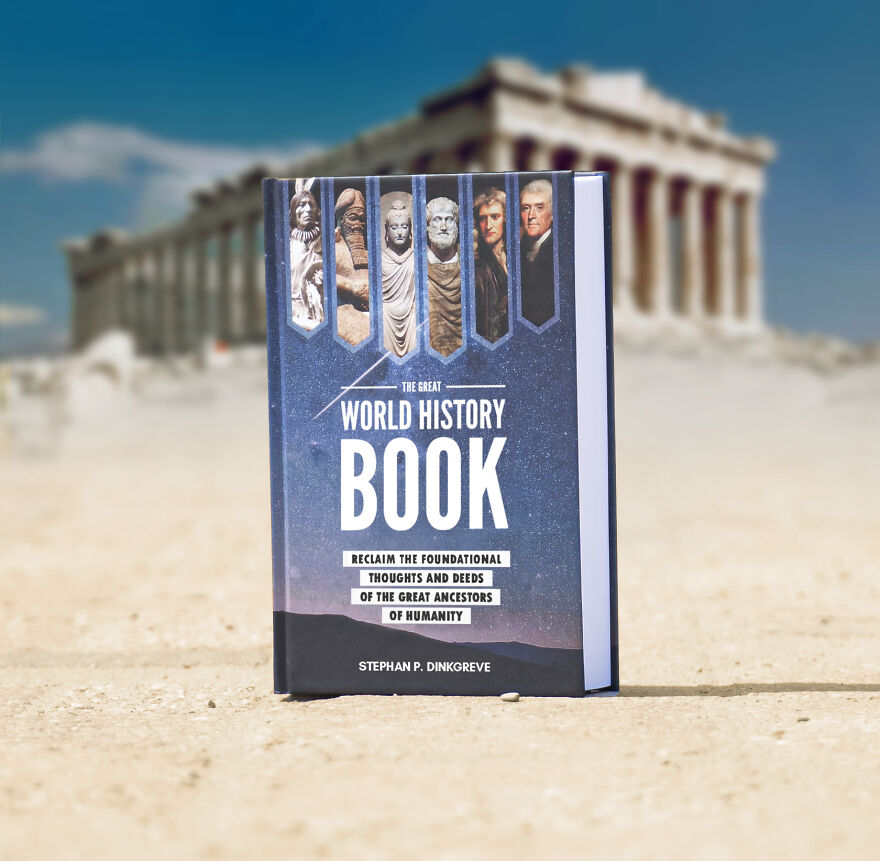












































55
2